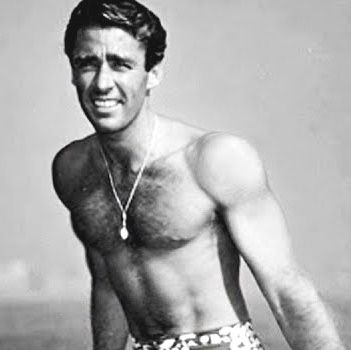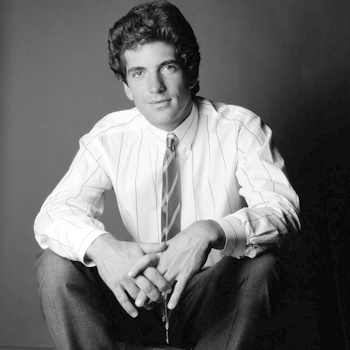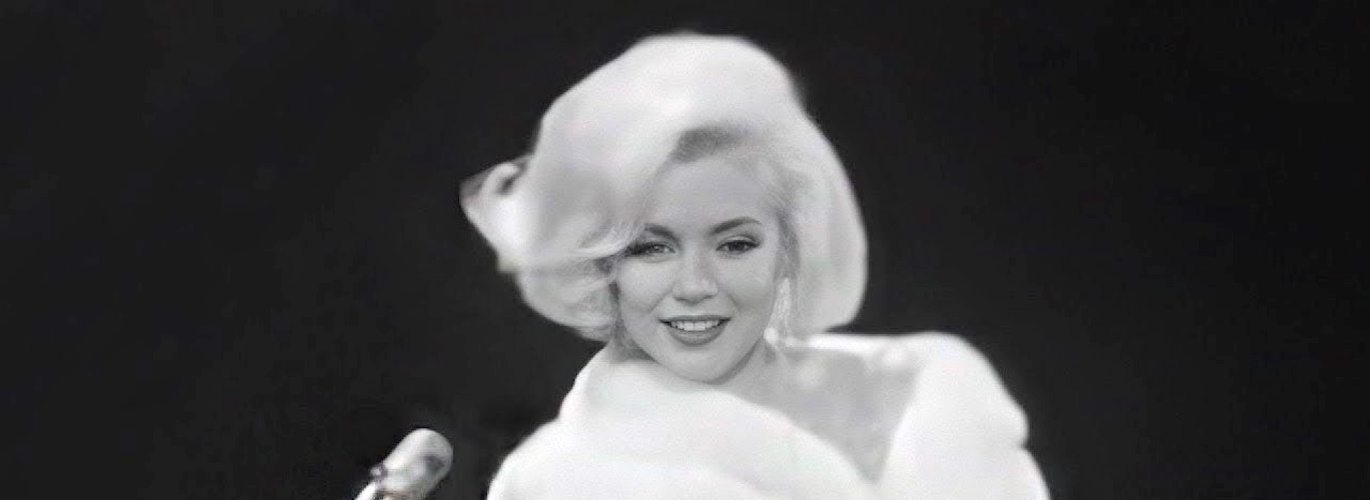Created Characters and Testimony
As I previously indicated herein, Clem Heymann dropped dead in the lobby of his Manhattan apartment building on May the 9th in 2012. I do not speak ill of the dead, usually; however, without question, all the books published before the late writer’s death were fraudulent, replete with contradictions and fabrications; and his posthumously published effort, Joe & Marilyn: Legends in Love, was not an exception. I repeat, nothing Heymann asserted in the biographies he wrote during the course of his literary career should be accepted at face value. While his biographies are not complete fictions, I must truthfully admit, at their best they border on being fictitious. Essentially, each biography written by Heymann is a sort of roman á clef.
Reiterating what I declared at the end of Part 2, most readers, if not all readers, assume, even expect without hesitation, that the characters populating and wandering through the leaves of a biographical, non-fiction publication are, in fact, real flesh and blood human beings, real sources. By extension, then, their testimony must also be real words actually spoken by the author’s real and revealed sources. Once again, that expectation is only logical. However, it is an expectation that must be revoked by cynicism when a person reads a biography written by C. David Heymann.
In her review of The Georgetown Ladies’ Social Club, Roxanne Roberts noted humorously, as reported by Ryan Chittum,1Op. Cit. Chittumthat Heymann’s biographies were unfettered by live subjects. A Washington Post reporter, Roxanne also noted humorously: There are lies, damn lies, and statistics … autobiographies, biographies and books by C. David Heymann. While Roxanne’s observations and comments about Clem’s subjects and books were clearly accurate, she could also have correctly commented that Heymann’s biographies were frequently unfettered by real subjects; and if I may be allowed to repeat an already referenced comment by Liz Smith as reported by Paul Colford: Nobody deserves C. David Heymann for a biographer.2Op. Cit. Colford
Not only did Heymann frequently cite deceased persons or did not reveal his sources at all, the author cited sources that he had evidently created, which prompted dismay and criticism; and according to Margalit Fox, reviewers criticized Heymann for his use of single rather than multiple sources in reconstructing historical events, and his reliance on hearsay accounts by people not directly involved in incidents he was describing. Still, when David Johnston confronted Heymann’s publisher regarding the author’s egregious errors and fabrications, the publisher displayed a troublesome disinterest. As Johnston noted in his Newsweek article: It’s too bad CBS didn’t want to hear more, because all the celebrity bios Heymann wrote for them and other publishers―dealing with JFK, Bobby Kennedy, Jackie Kennedy Onassis, Elizabeth Taylor and Marilyn Monroe―are riddled with errors and fabrications.3Op. Cit. Fox and Johnston.In fact, many have been deceived, transformed into dupes by C. David Heymann over the many years of his literary career: historians, other biographers and even NPR, a slightly humorous story featuring a Heymann excerpt that will appear again later.
In a 2014 article for the blog, JUSTIA, attorney John Dean condemned Heymann, calling him a phony and noting that the author even used a phony name and declared that Heymann’s literary efforts had been consistently dishonest. To Dean, Clem Heymann was obviously a shameless man whose persistent slandering and misquoting revealed a person without conscience.4“Getting Away With Literary Fraud” by John Dean. Verdict: Legal Analysis and Commentary from Justia. 5 September 2014.
<https://verdict.justia.com/2014/09/05/getting-away-literary-fraud>Also in 2014, in an article written for the Columbia Journalism Review, Ryan Chittum expressed incredulity with Heymann’s ability to get his books published by a string of respected publishers, which was quite a feat given his well-documented history of fabrications, falsehoods, plagiarism, and highly questionable reporting dating to 1983.5“Simon and Schuster Keeps Its Fabulist on Bookshelves” by Ryan Chittum. Columbia Journalism Review. 8 October 2014.
<http://www.cjr.org/the_audit/simon_schuster_keeps_its_fabul.php>
Simon and Schuster Should Come Clean About Discredited Monroe/DiMaggio Book by Ryan Chittum. Columbia Journalism Review. 23 September 2014.
<https://archives.cjr.org/the_audit/simon_schuster_should_come_cle.php>
Despite the evidence that Heymann’s literary efforts were fraudulent, large and respected publishing houses continued to not only publish the author’s deceitful manuscripts but shamelessly defend a known fabulist.
Exactly how many subjects or sources did Clem Heymann shamelessly fabricate and employ in his mostly fictitious literary works, works that Norman Mailer, of course, would superciliously label creative non-fiction? A complete list might just be impossible to generate; but due to Donna Morel’s stellar and persistent investigation and research into the fraudulent books written by, or otherwise credited to, C. David Heymann, she has been able to generate an extensive list of the author’s humanoid creations.
What follows hereafter is Donna’s list. Within the leaves of his publications, Clem Heymann created at least the following persons: Susan Imhoff, Amy Brandon, Elizabeth Okrun, Jade Stewart, Chuck Pick, Susan Sklover, Thurston Gauleiter, Charles Duffy, Paul Baer, Kurt Lampretch, Jane Duffy and her husband, Mike Duffy. I am not going to dwell on each fabrication: doing so would transform this already lengthy section into an encyclopedia. I am going to concentrate on a select few, and I will provide Donna’s comments, if any, as applicable.









